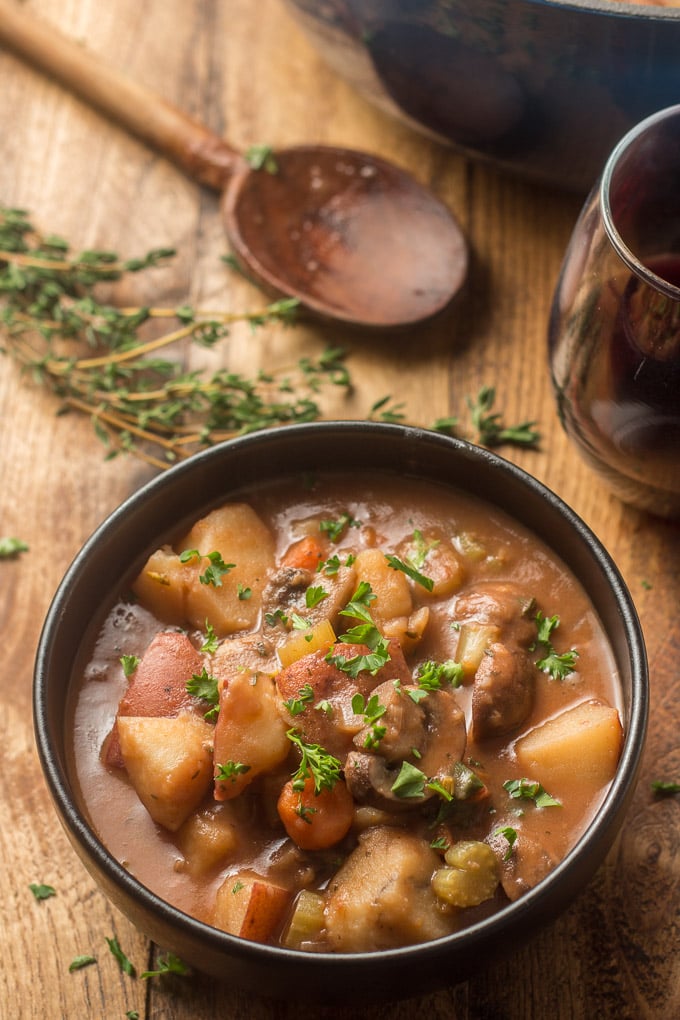This was adapted from a recipe by Philip Krajeck in the Wall Street Journal, but I've streamlined it heavily and rebalanced it to my liking. I'm not especially fond of cauliflower, but it's quite nice in this dish.
This can, of course, be made with any type of penne pasta you choose. I've used both pure brown rice pasta, and a rice/corn blend, and they both turned out just fine. Pay attention to the listed cooking time, and be ready to test for how done it is.
Penne Pasta with Cauliflower and Lemon
serves 6
Ingredients
1 head cauliflower, cut into 1/2-inch pieces *
12 ounces penne (or rigatoni)
2 Tbsp olive oil (plus some for drizzle)
3 cloves garlic, thinly sliced
4 anchovy fillets **
pinch of chile flakes (optional)
1/4 cup water
2-3 Tbsp cornstarch or arrowroot
1 Tbsp butter
3 Tbsp chopped parsley
zest of 1/2 lemon (about 1 1/2 tsp)
juice of 1/2 lemon (about 2 Tbsp)
1/2 tsp salt, approx.
1/2 tsp sugar
pepper to taste
grated parmesan cheese to taste
Preheat the oven to 475 degrees F (245 C). Spread the chopped cauliflower on a baking sheet, drizzle with olive oil, sprinkle with a little salt if desired, and roast on the lower rack of the oven until it starts to brown, 15-20 minutes.
Heat a large pot of water to a boil, and add the pasta. Set the timer to a couple of minutes short of al dente; if you would normally cook it for 14 minutes, set it for 12. You want the pasta to be a little underdone.
Drain the cooked pasta, and leave it in the colander or a bowl; toss with a little olive oil.
In the empty pasta pot, add the 2 Tbsp olive oil, garlic, chile flakes if using, and anchovies. Cook over low to medium heat, breaking up the anchovy fillets, until the garlic is soft and begins to brown. By this time the cauliflower should be done roasting; throw that into the pot and stir to combine. Add the 1/4 cup water (you can use reserved pasta water if you like) and sprinkle on the cornstarch, stirring to coat.
Add the pasta in, stirring it gently with a cooking spoon or paddle to keep from breaking up the penne. You want the thin sauce to coat it. Continue to simmer over low to medium heat for 5-6 minutes, until the water runs out; test the pasta, and if it isn't quite done cooking, add a little more water. The cornstarch should have allowed the anchovy/garlic mixture to stick to the penne -- if it isn't, sprinkle on a little more starch with the water and stir it in well.
When the pasta is properly al dente, turn off the heat. Add the butter, parsley, lemon juice and zest, salt, sugar, pepper, and a sprinkle of parmesan. Fold them in carefully until mixed, being careful not to break the pasta too much. Taste test; the anchovies, parsley, and parmesan should meld together, and the salt, sugar, and lemon juice should balance, none of them dominating. Serve warm.
This reheats well, so I save some for lunch or another dinner.
Notes
* The original recipe called for one head of cauliflower, but in California the heads are close to two pounds apiece, so I use half. 3/4 to 1 pound, trimmed, is probably about right.
** Anchovies, as maligned as they are, add a subtle undercurrent to this dish which shouldn't be underestimated. They also add a tiny amount of protein for all their flavor (ditto the parmesan). If you can't tolerate anchovy at all, try substituting with a dash of oyster sauce, or dark soy sauce, or a couple of teaspoons of capers, or even a dab of yeast extract such as Vegemite, but try the anchovies first if at all possible. Trust me.
Leftover anchovies can be stored, completely covered with olive oil, in a jar for a couple of months in the fridge. You may find a few other uses for them if you have them on hand. :)
Nutrition information will vary slightly depending on your pasta brand and type.









